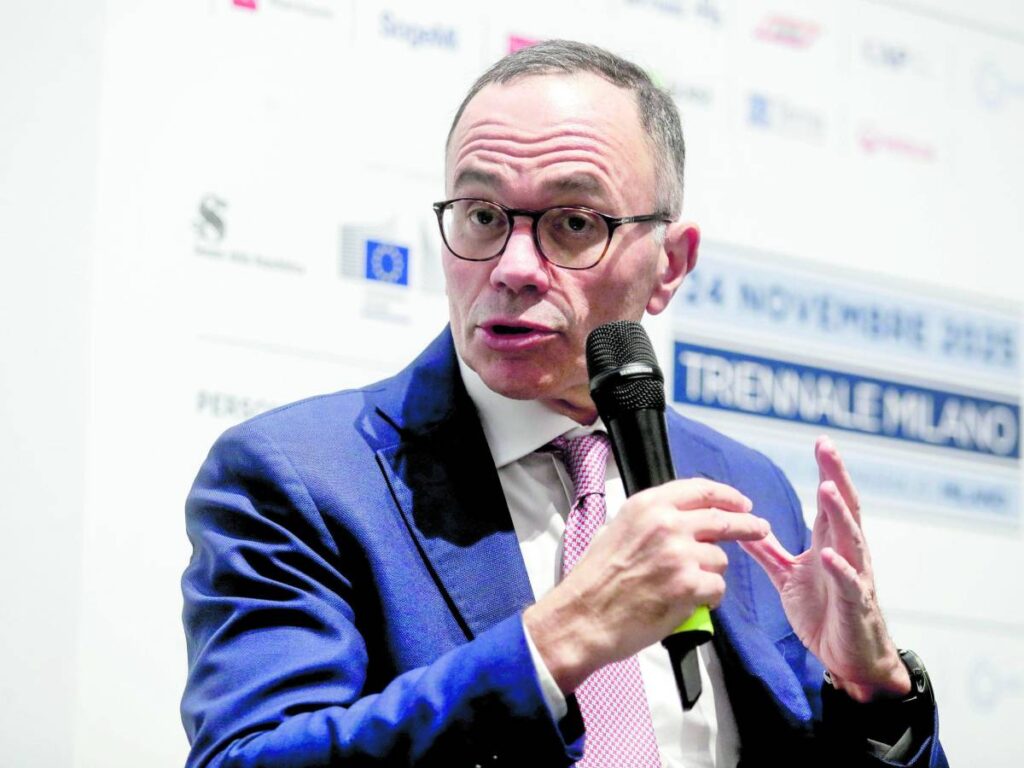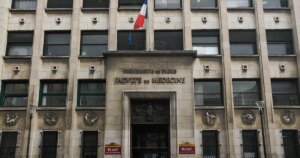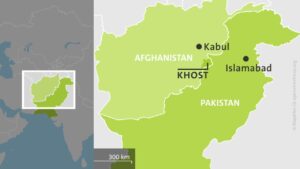
The future of mobility and infrastructure-related challenges were at the center of the debate on transport at “Italia Direzione Nord”, the exhibition held yesterday at the Triennale. “We currently have 300 km of lines in the tram network and 300 in the underground network. But we also consider sustainability, which is a priority for us. We have 300 electric buses and the plan in two years will see us have 600 in circulation, with 74 new trams and 46 new subway trains, so we are talking about almost 420 new vehicles in service” explained Atm CEO Alberto Zorzan who also reviewed the M4: Opened since a year carrying 45 million people, with peak 170 thousand per day. Trenord CEO Andrea Severini’s priority is to “build a great alliance between public and private transport that improves people’s quality of life along the journey, from the front door to the final destination”. According to Severini, it is important to work on two fronts: “Transforming stations into more useful access centers and starting analysis in different areas of the region, with demand monitoring, supply adjustments and targeted actions in the most critical areas.” The bet is that “more and more citizens will be able to live outside the big cities”. However, Sea’s first mission is to “encourage long-distance connections. At European level, we are protected mainly thanks to the presence of ITA in Linate and low-cost airlines in Malpensa. We must continue to work on intercontinental links – says Armando Brunini (pictured), CEO of the company that manages Linate and Malpensa airports – Malpensa in the first three quarters of this year was one of the fastest growing in Europe in the long term, which means that our efforts to connect Milan were successful. Before COVID-19, we had direct flights with two cities in China, today with ten”.
Andrea Gibelli, president of Fnm, recalls that “we were the leaders in Italy for Hydrogen Valley, a novelty for local authorities and designers. The real challenge was to improve the place, starting from the station, and most importantly the last mile: from the station to the home or workplace”.





